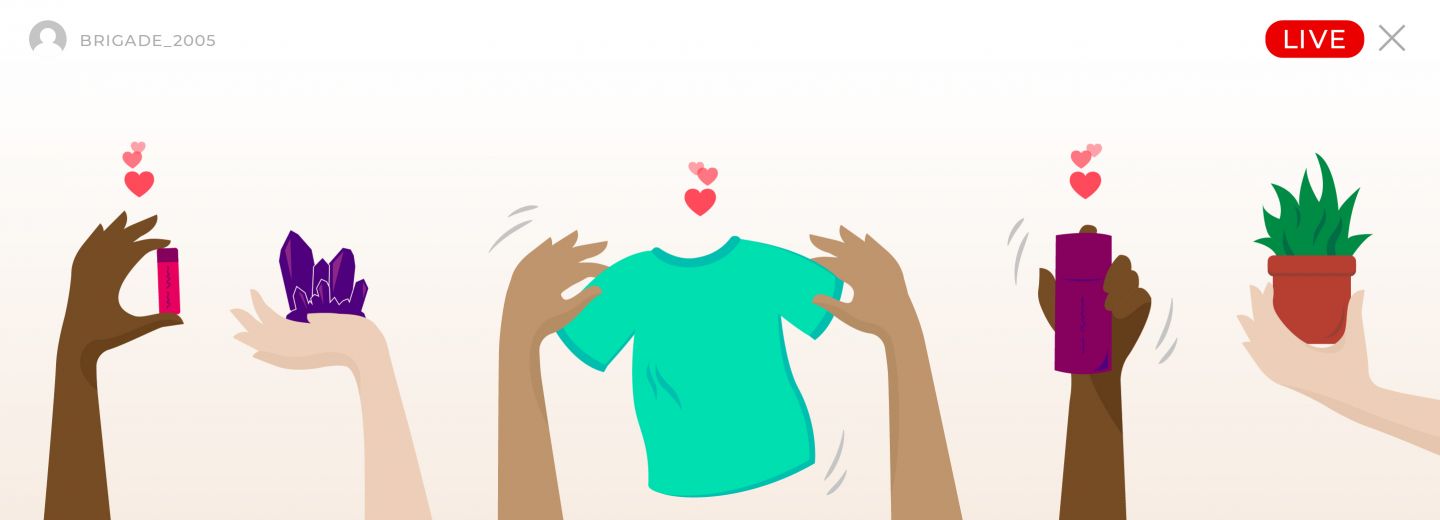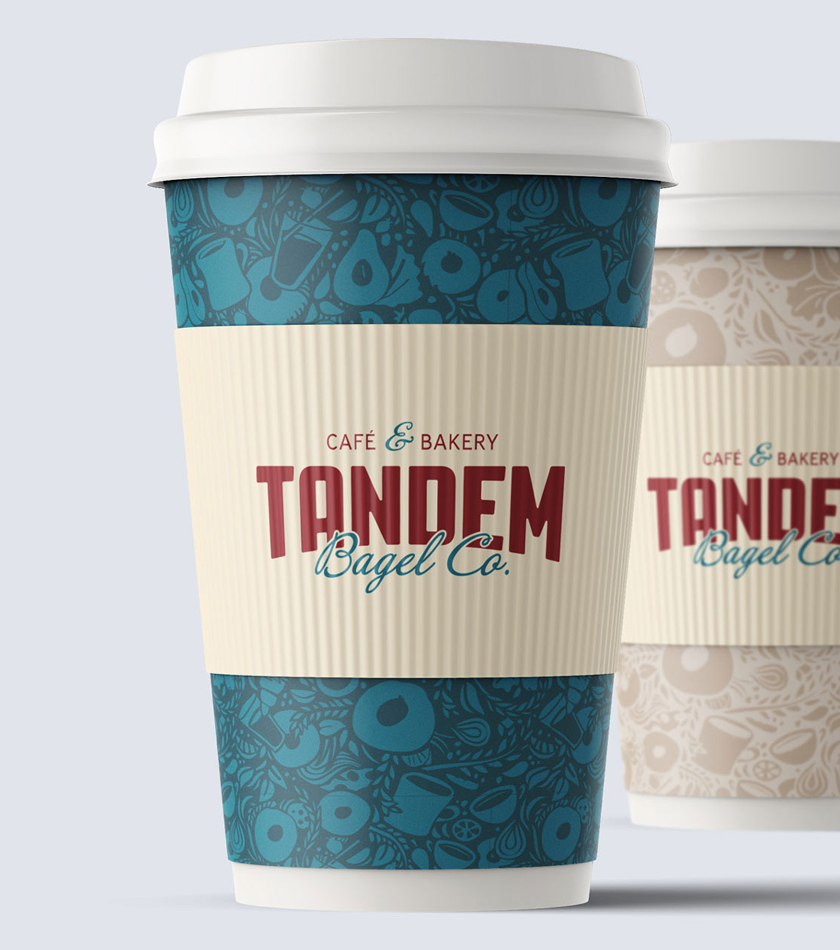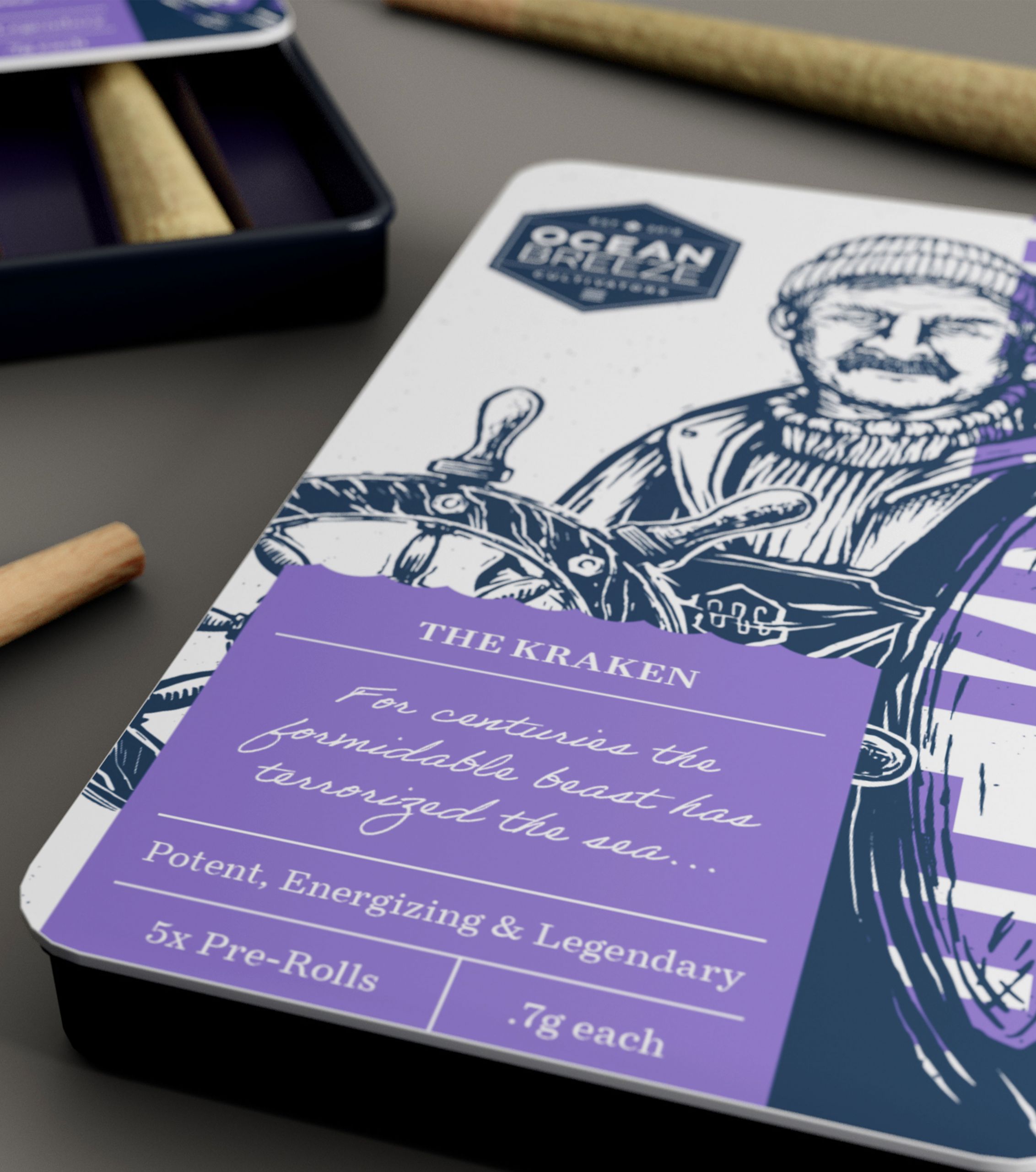Livestream shopping is having a moment.

As the adoption of e-commerce continues to rise, retailers and brands alike are looking to livestream shopping to help meet consumer’s needs.
If you lived through the 80’s, you might remember flipping through the stations on your television, and at some point, stumbling across a channel that allowed you to shop from the convenience of your couch. As the hosts “oohh”-ed and “aww”-ed over a highlighted product, customers were encouraged to buy through prompts on their television. Hosts would bellow: “Call in now! This deal will only last another 2 hours and then it’s gone forever” as studio lighting illuminated the product you just couldn’t live without, or so you were told.
But as cable gave way to streaming, this format of live shopping became somewhat niche, not something fully adopted by Gen X or millennials. That is, until recently. A result of both the pandemic and the growing comfort with all things digital, livestream shopping has seen a surge in popularity within the last year — a trend that shows no signs of slowing,even as consumers return to brick-and-mortar stores.
While livestream commerce has yet to reach mainstream status, it’s expected to become a 25 billion dollar industry in the next few years, no doubt fueled by the hybrid shopping habits of consumers. The ease and convenience of shopping online, combined with our desire to connect with a real person, has motivated retailers to heavily invest in livestream shopping — a format that blends the social aspect of in-store shopping with the convenience of online.
TikTok, a social media platform known for choreographed dance videos and short format content that often goes viral, is primed to push livestream shopping mainstream. TikTok’s parent company, ByteDance, is located in China, a country whose shoppable content market is expected to generate almost half a trillion dollars this year. With the possibility of such high profits, it’s no surprise that brands are starting to jump on the bandwagon.
Over the last year, Walmart leaned into livestream commerce across multiple platforms and found great success. Early on they partnered with popular TikTok content creator, DevanOnDeck, which resulted in a 25% increase in followers as well as viewership numbers that greatly exceeded expectations. More recently, Walmart partnered with Jason Derulo for a shoppable Twitter livestream catered to holiday gift giving, a first-of-its-kind on Twitter, and just one of the many shoppable e-commerce events hosted by Walmart in 2021.
While social media has been the first place we’ve seen livestream content popping up, it’s not the only platform brands are focused on. Just this month, Walmart expanded its partnership with livestream shopping service, TalkShopLive, to offer searchable, shoppable, livestreams that allow consumers to buy products in app without having to close out of the experience. Consumers can even watch (and shop) recorded versions of these streams at a later date — an added convenience for those with busy lives. Beyond the large corporations like Amazon and Walmart, small content creators turned entrepreneurs, and even celebrities, are using platforms like TalkShopLive to reach their consumers in new and creative ways. The transition from static, shoppable influencer posts to livestream shopping seems like a natural progression, considering statistics have shown that over 82% of consumers trust product recommendations made by influencers over traditional forms of advertising.
But despite bigger and smaller brands adopting live commerce, there are still sectors of business having a hard time capitalizing on this trend — specifically, the spirits and marijuana industries. To help them out, platforms like Spirits Network, an online entertainment network centered around shoppable alcohol offerings, are blazing a trail that others may soon be able to follow. Only time will tell if livestream commerce will become a mainstream format for shopping. And until then, consumers are likely to continue mixing their shopping habits across channels, keeping brands and retailers on their toes.


